Colorado Pond Pros:
Winterizing Pond Tips
Frigid temperatures should not worry pond owners. Preparing the pond for brutal cold can be the difference between snuggling under a blanket with a good book during extremely cold weather or searching for the long johns. Preparing the pond for brutal cold isn’t difficult!
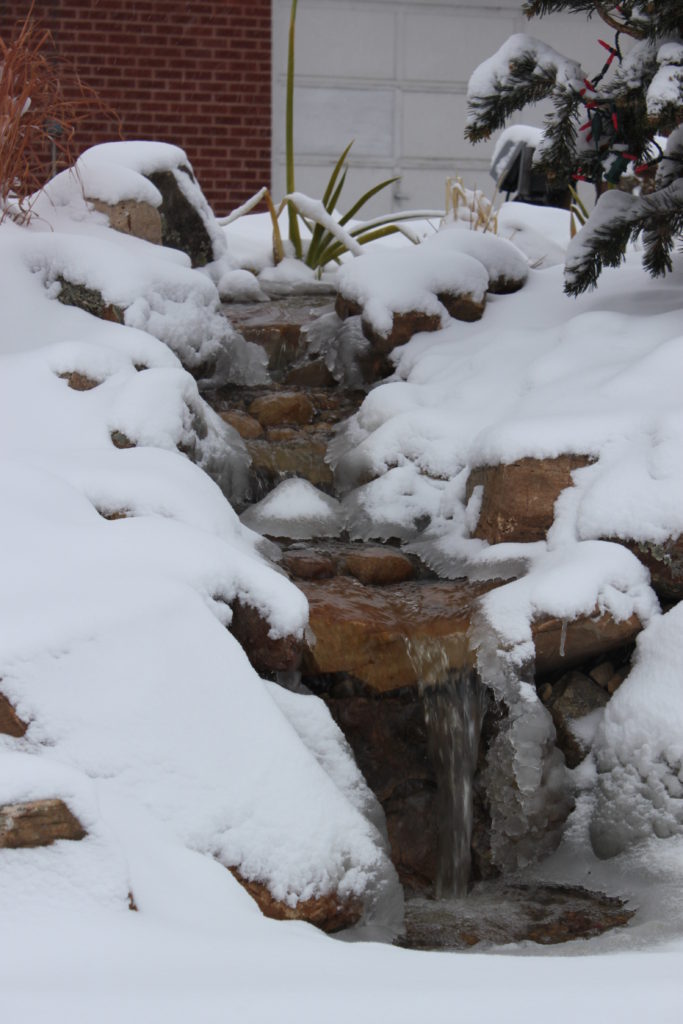
1. Make a decision about running the pond pump over the winter or not.
We generally recommend that if the pond has fish, it should be run over the winter. Moving water in a pipe doesn’t freeze, so this will protect your pipes. Ponds and waterfalls covered in snow can be a beautiful winter sight. If you do not want to run the pond over the winter there are other considerations. Give us a call if you want to talk about it.
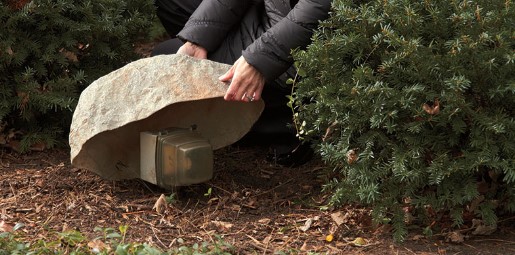
2. Cover your pond outlets now.
Electrical outlets will be less likely to have an issue if they are protected. There are a variety of fake rocks with different looks to match your pond rocks.

3. Pond Heaters.
Heaters are great for two things: Keeping a hole open in the ice for gas exchange over the winter to keep fish alive, and keeping the water from freezing right in front of the skimmer. A heater floating somewhere in the middle of the pond is helpful for gas exchange.

4. Skimmer heater.
Right before huge temperature drops, putting a floating heater in front of the skimmer can really help. When water freezes it could block the skimmer opening and thus starve the pump. The heater on the far left is an Aquascape brand deicer. It’s perfect for letting out gases and uses the least amount of electricity as it only comes on when there is a risk of freezing water. The two on the right are fabulous for in front of the skimmer and short-term usage, as they use more power and keep more water from freezing.

5. Never put a heater inside the skimmer.
Although it is unlikely, there was a pond a few years ago that suffered water loss when a heater was put inside the skimmer. The heater ended up touching the side of the plastic and melting it, catching it on fire. It melted the pond liner too.
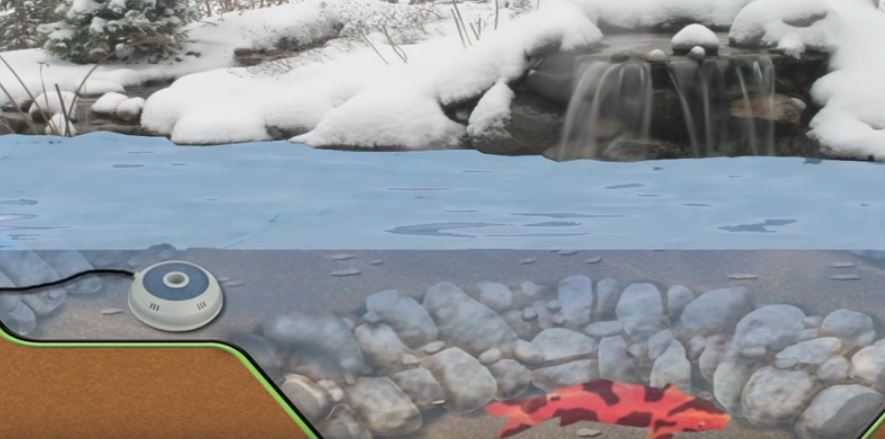
6. Aerator Placement
Aerators are great for the winter to keep a steady oxygen supply to the pond. However, they should not be placed on the very bottom of the pond because they bring in the cold air and this disturbs the water temperature. Remember that the bottom of the pond is the warmest during the winter and the fish would like it to stay this way!

7. Other Equipment – Preparing the pond for brutal cold
Remove other equipment. UV lights need to be removed for the winter (noted, never touch them with your bare skin). If you have an Autodose or Iongen it is a good idea to protect them during a cold snap or remove them altogether. They can be removed for the winter and put back in the spring. If they were installed down in the dirt, put a large stone marker on top, so no one unknowingly steps into the hole and gets hurt. Sometimes it is difficult to tell where the pond is exactly!

8. Keep an eye on the biofall.
Last year some ice formed at the top of the biofall. It diverted water out of our system. If the biofall is covered by a large rock before the cold weather hits, this can be avoided.

9. Don’t break the ice.
Remember that once the pond freezes over (except for the hole for gas exchange) not to break the ice. It actually protects and insulates the pond from the wind and harsh temperatures. Sometimes breaking the ice can lead to water from the waterfall ending up on top of the ice instead of under it, leading to water loss and a mad scramble to coax the water under the ice.
10. Set the lights up on a timer for the winter.
Softly glowing lights under the ice or against a backdrop of snow adds a point of interest in an otherwise white landscape.
More Pro Tips:
![]() If you add a second heater, plug it into a separate outlet. The non- Aquascape heaters draw a lot of electricity. Avoiding tripping a circuit is a good idea.
If you add a second heater, plug it into a separate outlet. The non- Aquascape heaters draw a lot of electricity. Avoiding tripping a circuit is a good idea.
![]() Keep an eye on dogs when they go out if it is difficult to tell where the pond is. Usually when it is like that the ice is thick enough to hold a dog, but better to be safe!
Keep an eye on dogs when they go out if it is difficult to tell where the pond is. Usually when it is like that the ice is thick enough to hold a dog, but better to be safe!
![]() Plug the aerator into a different outlet than the pump. That way if the pump has an issue, the aerator will still provide oxygen and a hole for gas exchange.
Plug the aerator into a different outlet than the pump. That way if the pump has an issue, the aerator will still provide oxygen and a hole for gas exchange.
![]() If your skimmer has a height adjustable skimmer, put it down low when really cold weather is on the way. Although we normally want it higher, if the ice gets thick enough to block water flow into the skimmer, it is better to have it lower.
If your skimmer has a height adjustable skimmer, put it down low when really cold weather is on the way. Although we normally want it higher, if the ice gets thick enough to block water flow into the skimmer, it is better to have it lower.
![]() Remember that even though there is no water loss, you may have to add water when there is a good amount of ice accumulation. As ice forms, there is less water to circulate. Keep a hose in the house so that if you need to add water there is a warm hose available that will be easier to work with.
Remember that even though there is no water loss, you may have to add water when there is a good amount of ice accumulation. As ice forms, there is less water to circulate. Keep a hose in the house so that if you need to add water there is a warm hose available that will be easier to work with.
Would you like to discuss the winter needs of your pond or would you like us to check your pond for you? Contact us now, just click HERE.
Click here to learn more about our backyard pond services!

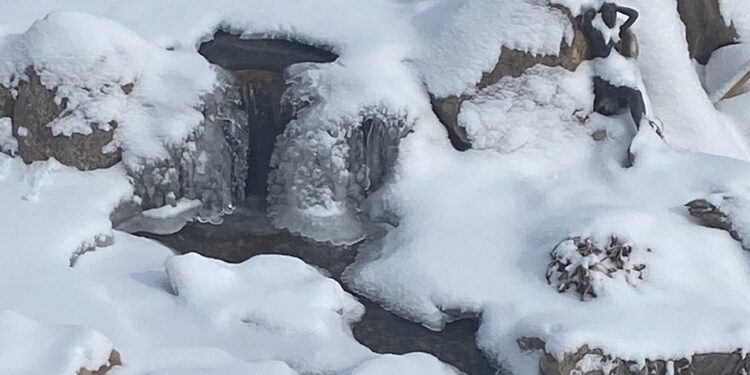
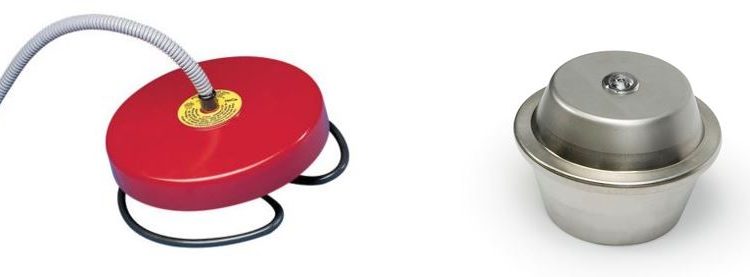
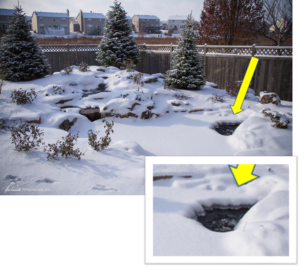

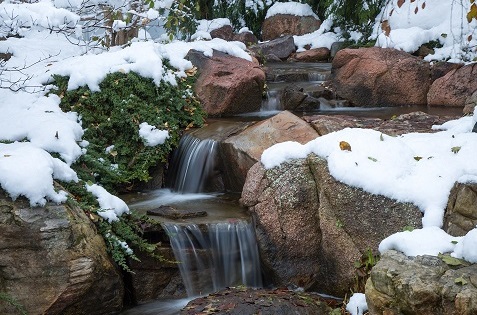
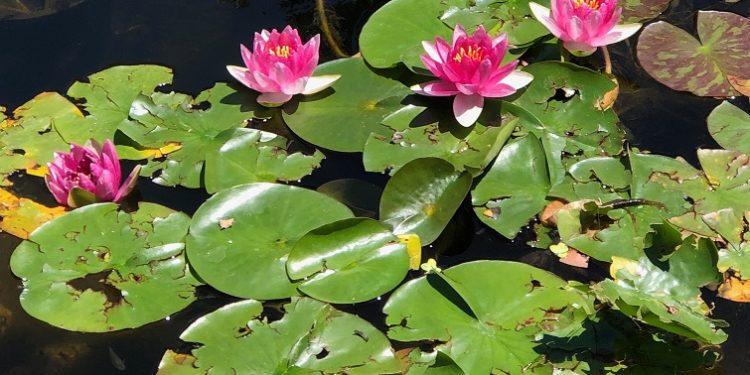
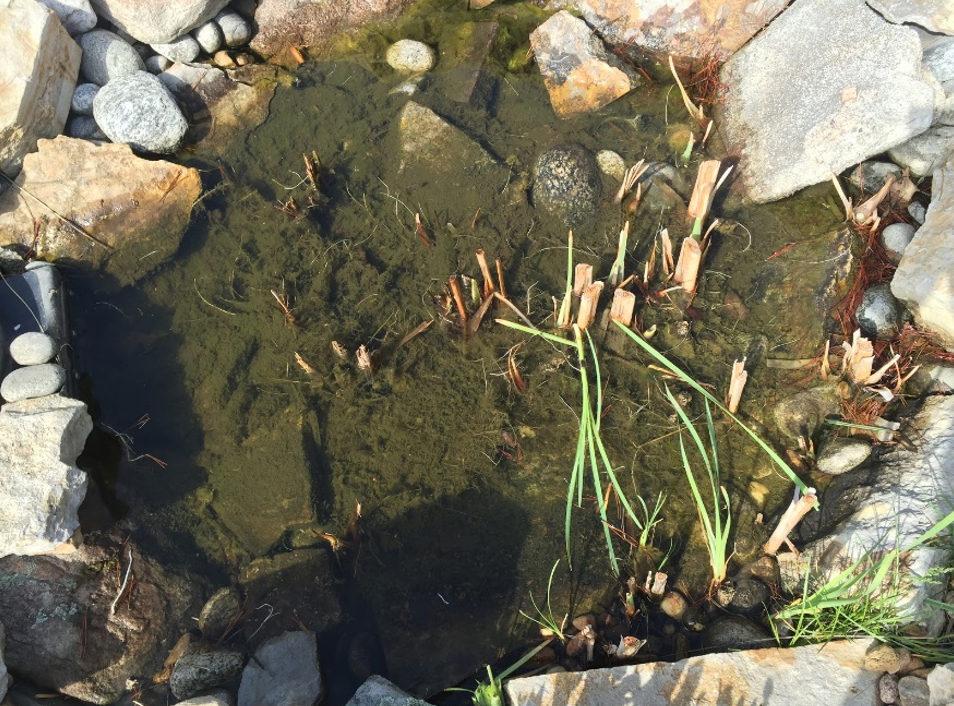 Does my pond need a cleanout?
Does my pond need a cleanout?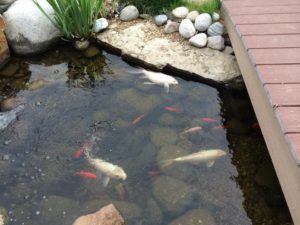 Barley straw helps keep algae at bay.
Barley straw helps keep algae at bay.